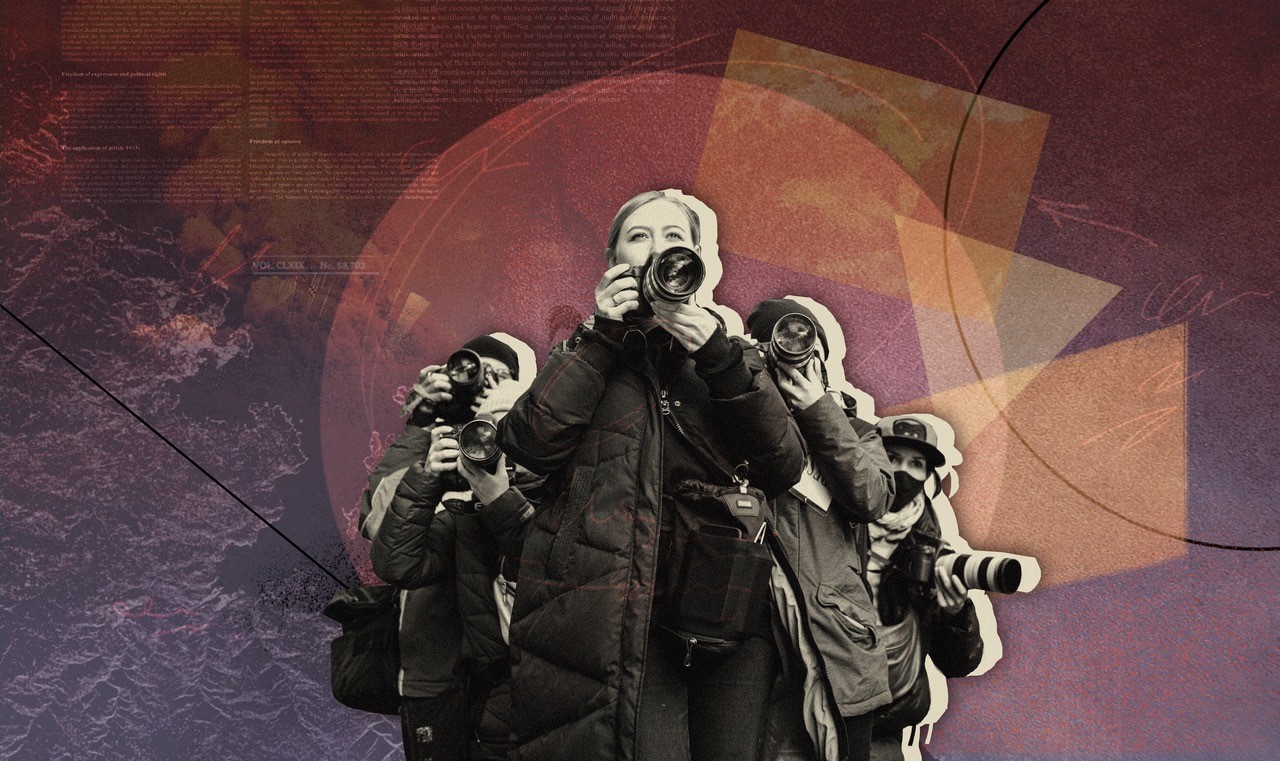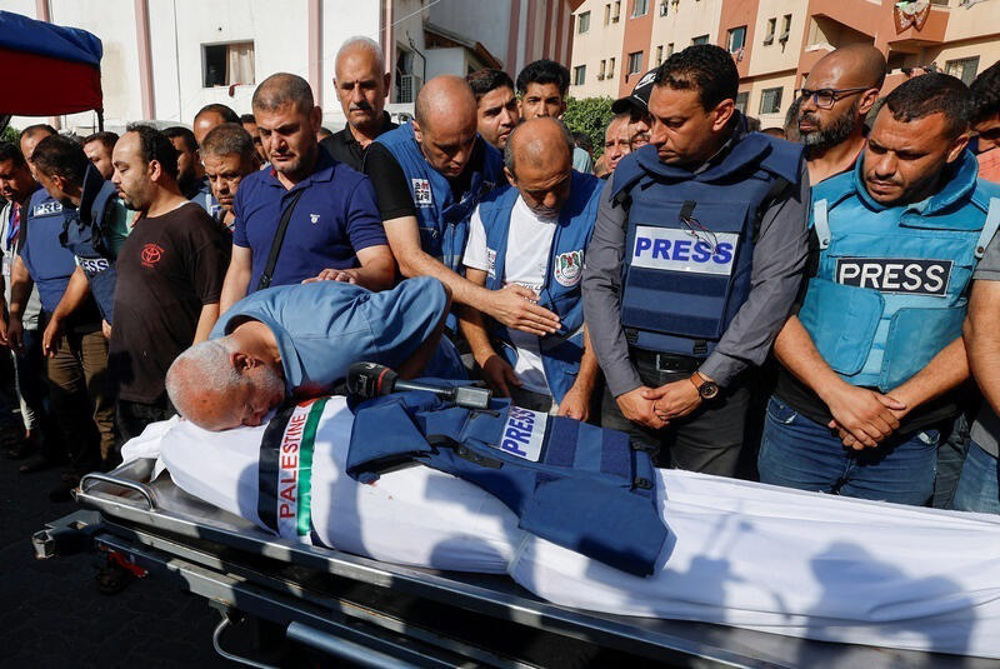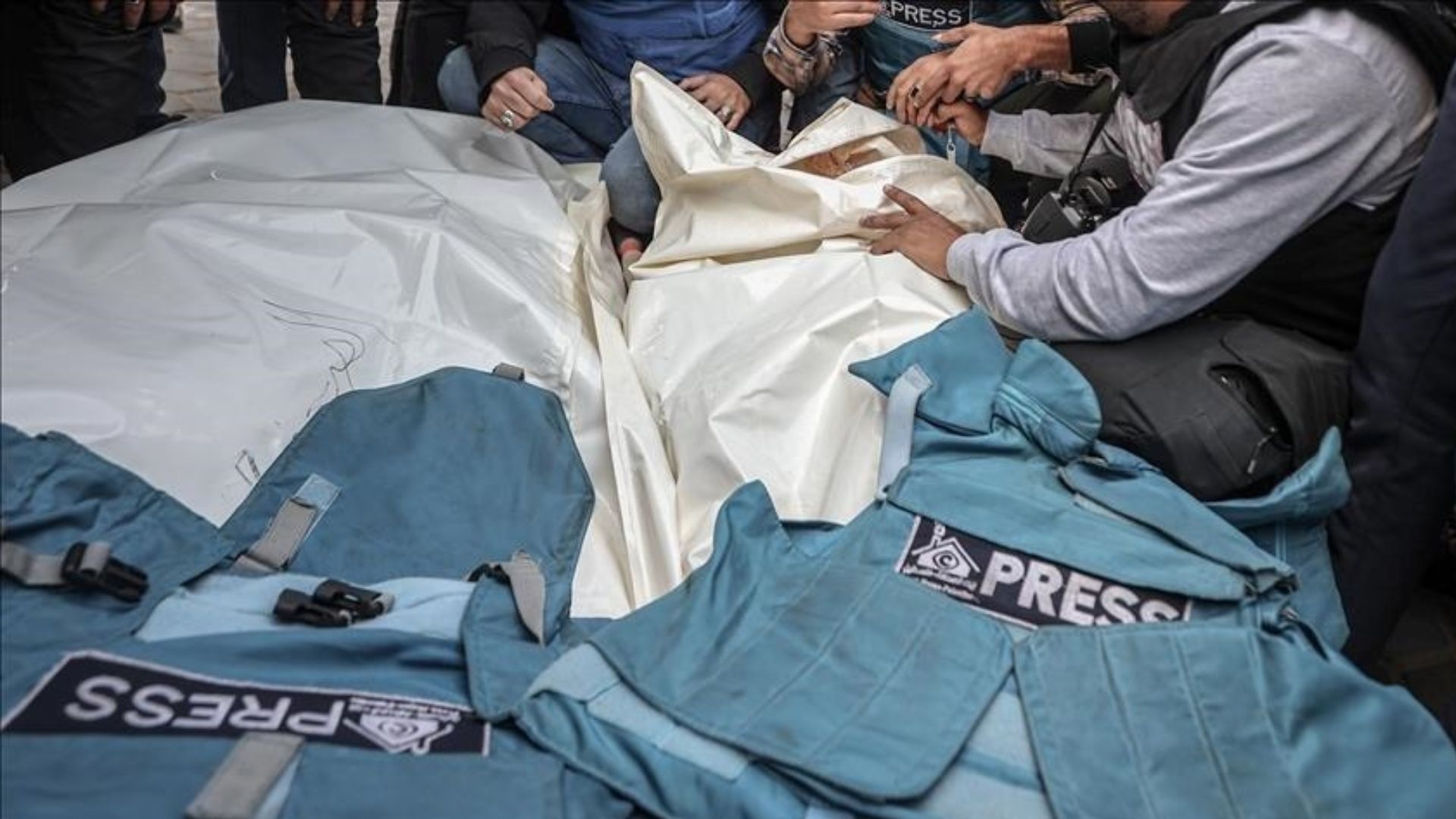
Strengthening the Frontline: UNESCO’s Global Push for Journalist Safety Mechanisms
October 8, 2025
Gaza: Where Journalism Becomes a Graveyard
October 10, 2025New data released by Gaza’s Ministry of Health paints a somber picture of the conflict’s mounting toll on essential service workers and the press. On average:
- Two medical personnel are killed every day
- One journalist is killed every three days
- One civil defense worker is killed every five days
- 232 civilians are injured daily, many facing amputations, paralysis, or vision loss
- The health infrastructure endures more than one direct attack per day
These figures reflect alarming trends amid ongoing hostilities. The data underline the lethal risks faced by those documenting and responding to violence in Gaza—many of them striving to provide lifelines amid devastation. The ministry’s report also noted the wide spectrum of injuries, calling attention to the chronic strain on hospitals and first responders.
Journalists have increasingly become frontline victims. In recent months, major assaults on medical facilities have also claimed press lives. In one of the most devastating incidents, a double strike on Nasser Hospital in Khan Younis killed at least 22 people, including five journalists. The attacks, occurring within minutes of each other, drew sharp condemnation from both local and international media rights groups.
Meanwhile, journalists such as Hassan Aslih—a well-known photojournalist covering the Gaza war—lost his life during a hospital strike in May, arousing widespread sorrow and outrage.
These statistics not only underscore the human cost of war but also point to a pattern: targeting health infrastructure and journalists appears neither incidental nor accidental. Rather, observers argue, it reflects a broader erosion of the protections traditionally afforded to noncombatants in conflict zones.
The Gaza ministry’s report has intensified calls for accountability, urging international bodies and human rights institutions to intervene. Whether through independent investigations or increased pressure for adherence to international humanitarian law, the demand is clear: those who tend the wounded and those who tell their stories must be safeguarded—not silenced.
Reference –

